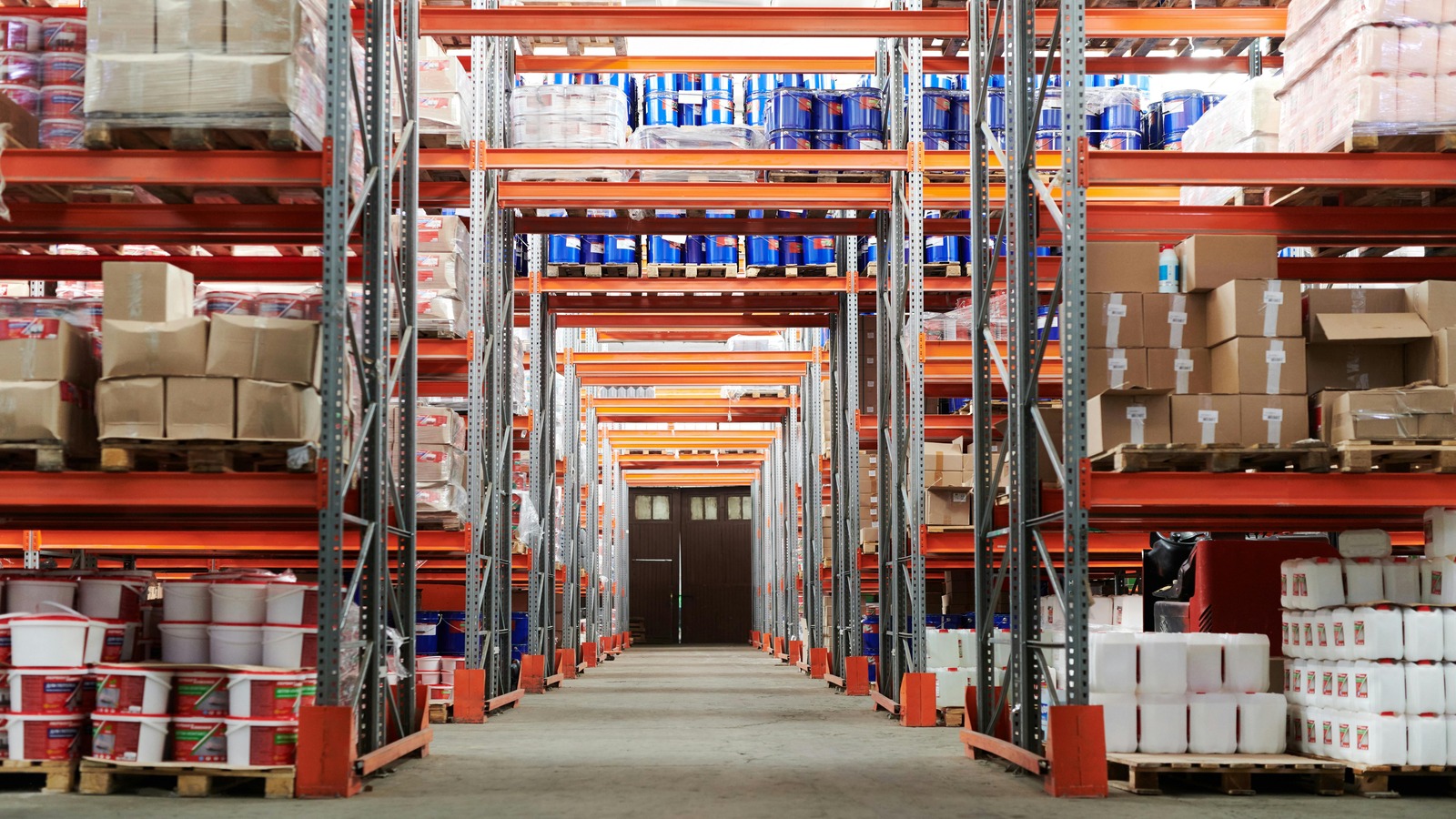In Malaysia’s dynamic and globally connected economy, effective supply management of Natural Rubber is critical for many industrial businesses’ success. As the country solidifies its position as a leader in natural rubber production, particularly for industries such as manufacturing and automotive, supply management becomes crucial in ensuring the efficiency and quality of rubber supply chains.
This article examines the essential components of supply management, focusing on sourcing, procurement, logistics, and supplier relationships, all of which play an integral role in the natural rubber industry. By aligning supply management practices with the goals of sustainable growth, Malaysia’s rubber sector can meet the increasing global demand for high-quality products while supporting the country’s broader economic objectives.

Strategic Sourcing and Procurement of Natural Rubber
In natural rubber production, sourcing and procurement are essential to ensure that suppliers meet high-quality standards and cost and reliability requirements. Strategic sourcing in this context involves selecting rubber plantations and suppliers that uphold sustainable practices and quality production. Key strategies include:
- Vendor Analysis and Selection: Evaluating rubber tree growers, latex suppliers, and manufacturers based on criteria like environmental impact, consistency, and delivery reliability ensures that the rubber supply chain remains sustainable and efficient.
- Contract Negotiation: Effective contract management ensures that expectations around quality, quantity, and environmental standards are clearly defined, providing transparency and stability for long-term relationships.
- Risk Management: Identifying risks such as climate-related disruptions, disease outbreaks in rubber plantations, and geopolitical instability is crucial in maintaining a resilient supply chain for natural rubber.

Quality Control and Assurance
Ensuring the quality of natural rubber is vital for maintaining the product’s durability and reliability in industrial uses, from tires to medical equipment. Key elements of quality control include:
- Setting Quality Standards: Defining stringent quality criteria, such as elasticity, strength, and purity, ensures that the rubber meets global standards.
- Continuous Supplier Audits and Inspections: Regular quality checks and audits of rubber producers help detect potential quality issues early, ensuring that the final product meets industry and customer expectations.
- Corrective and Preventive Actions (CAPA): Addressing root causes of quality issues and implementing preventive measures ensures that natural rubber production maintains high standards over time.

Inventory Management
Efficient inventory management ensures a constant supply of natural rubber to meet demand without incurring excessive costs. Key strategies in inventory management for natural rubber include:
- Just-in-Time (JIT) Inventory: By minimizing excess stock, JIT inventory systems help rubber producers manage raw materials and finished products efficiently, reducing waste and costs.
- Demand Forecasting: Accurate forecasting helps suppliers anticipate changes in demand for rubber, allowing them to adjust their production schedules accordingly.
- Automated Inventory Tracking: Advanced tracking technologies ensure accurate inventory management, provide transparency and reduce the risk of stockouts or overstocking.
Logistics and Distribution on Natural Rubber
Efficient logistics and distribution are critical for transporting natural rubber from suppliers to manufacturers and end-users while preserving its quality. Key logistics elements include:
- Transportation Management: Selecting the right transportation methods (sea, road, or air) for delivering natural rubber ensures timely and cost-effective delivery.
- Warehousing and Storage: Proper storage of raw rubber, often in controlled conditions, ensures that it retains its quality until it reaches the final consumer.
- Reverse Logistics: Managing returns or recycling of natural rubber products, such as old tires, can offer cost savings and promote sustainability.

Supplier Relationship Management (SRM)
Building strong relationships with rubber suppliers and manufacturers is key to ensuring a consistent and high-quality supply. Elements of SRM include:
- Performance Monitoring and KPIs: Monitoring supplier performance with clear KPIs related to quality, delivery time, and cost helps maintain the reliability of the natural rubber supply chain.
- Collaborative Communication: Ongoing dialogue between suppliers and manufacturers ensures alignment on quality standards, production schedules, and sustainability goals.
- Innovation and Co-Development: Working with suppliers to improve rubber products or processes can lead to more efficient and sustainable practices in natural rubber production.
Align your Natural Rubber Supply Management with Ample Worldwide’s Vision for Excellence
Supply management is a key enabler of Ample Worldwide’s commitment to excellence, sustainability, and innovation. By prioritizing strategic sourcing, quality assurance, and strong supplier relationships, Ample aligns with the core values of natural rubber production, focusing on sustainability and long-term viability. Efficient logistics and the integration of cutting-edge technologies reflect Ample’s commitment to operational excellence, allowing the company to adapt to changing global markets and deliver high-quality, sustainable products. As industries and supply chains evolve, Ample Worldwide’s leadership in supply management ensures that it remains at the forefront of the rubber industry while advancing its broader sustainability goals.

